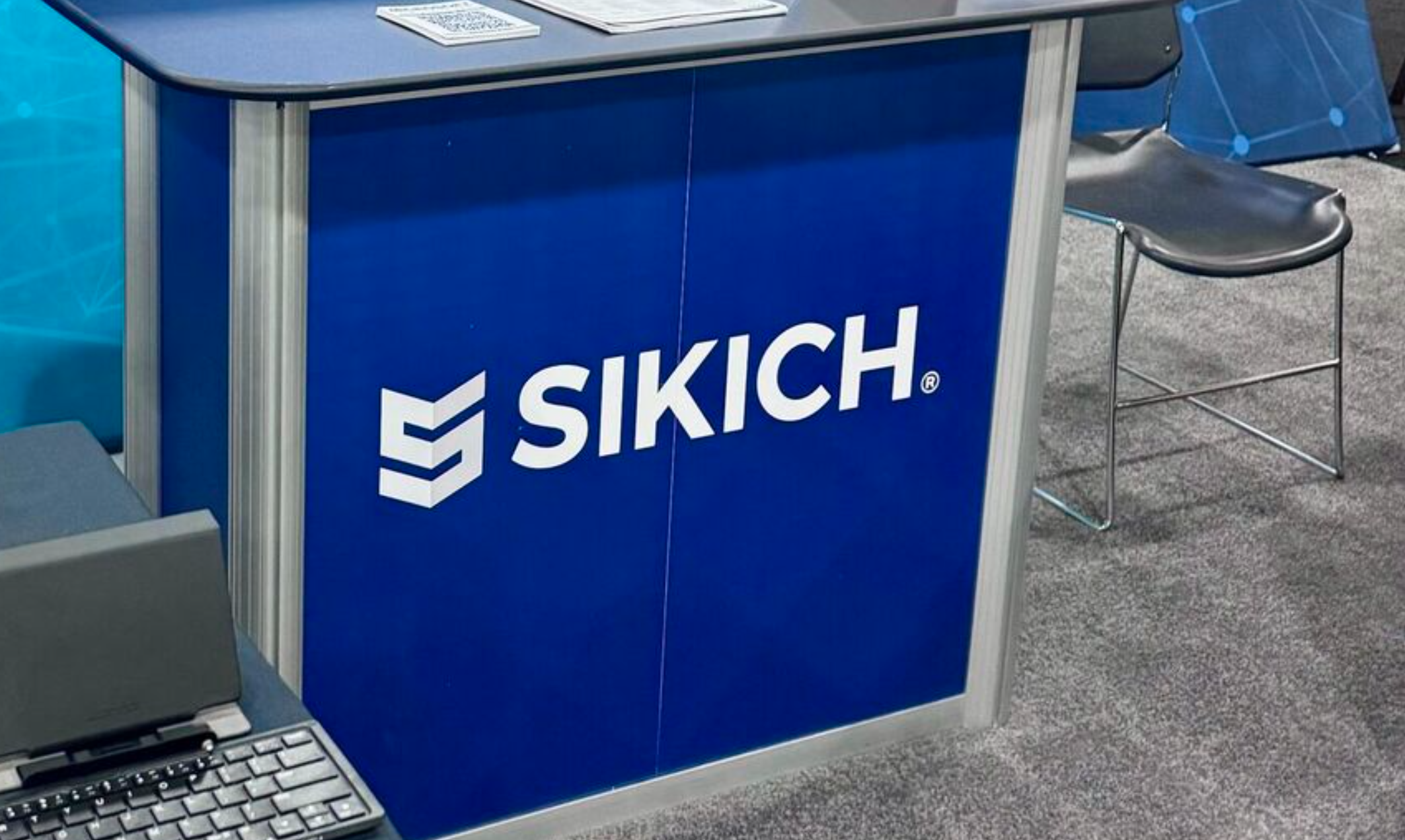5567
Most of you want to have your technology work correctly at the least possible cost. This is a reasonable goal, but it’s difficult to execute. This year, in the consulting practice of Network Management Group, Inc. (NMGI.com), which specializes in accounting professionals, we have seen a lot of technology implemented poorly, and some implemented excellently. Even with the right products, a poor implementation can result. This column will provide general recommendations that can be applied in firms of a few people up through around 250.
For many accountants, it is difficult to follow all the developments in technology, just like you wouldn’t expect a small business person to keep current on the changes in accounting regulations. We find that many “don’t know what they don’t know” about technology. Before giving you the secret sauce for our technology recipe, I thought I’d share a few common issues that we have seen repeatedly in the NMGI Technology Assessment Engagements:
– Buying the wrong models of hardware, desktops, laptops and/or servers
– Lack of proper backup including no Business Continuity strategy
– Power protection wrong, both surge protectors and Uninterruptible Power Supplies
– Lack of training, particularly in productivity tools like Office, but core applications, too
– Poor performance from IT investment – boot times > one minute, bad remote speeds
– Excessive risk by not using encryption on disks or email, no records retention policies
– Engagement Binders set up incorrectly, sync times > than 30 seconds, size > 20MB
– Paperless procedures not well thought out including images of tax returns not in sync with efiled records
– Bad cabling, non-business switches, home grade firewalls, open wireless access
– Copiers used for scanning purposes, and the resolution set wrong
Strategically, you should consider if you want to retain your computer systems in-house, or use some sort of cloud computing, whether a hosted approach or Software as a Service. Additionally, we would encourage you to try to be consistent and standardized in your setup. To do this properly, consider using a software licensing agreement like Open License with Software Assurance for products like Windows 7 and Microsoft Office. These agreements must be completed within 90 days of purchase of new hardware from suppliers like HP, Dell, and Lenovo/IBM. Additionally, make sure you are purchasing laptops or desktops that use the Intel Core i7 processor with 4-8GB of RAM.
INSERT CHART HERE
In-house Infrastructure
Virtualize Your Server(s) and use a Backup Appliance – Even if you are a small shop, all servers should be virtualized. We prefer either the free VMware ESX or the High Availability VMware for organizations with more than 50 users running a storage area network (SAN). To minimize virtual server licensing costs, buy Windows Server 2008 R2 Enterprise Edition. You should be able to run four to 12 virtual servers on one physical server. Add a backup appliance that can back up all your data and run virtual machines, and you have a very solid server infrastructure. Use Windows Deployment Services and Sync Center as well Microsoft Open Licenses as we discussed last month.
Get the Network Secure and Fast – Use a high-quality firewall like those from SonicWALL. Use gigabit Switches that support Power over Ethernet (POE) like those from HP to support your current or future VoIP phone system, wireless access points and security cameras. Make sure your cables are certified 6a or 6af cables. Protect your laptops and desktops with Windows 7 Bitlocker encryption, and encrypt your email with nPen from email2.
Cloud Alternatives
Costs may justify moving to hosting – If you have your servers virtualized OR if you lease server space in the Cloud, you can run applications over the Internet much like you do when the servers are in-house. Some hosting vendors use virtualization, like Real Time Bookkeeping or Real Time Data Services. Other hosting services use Citrix to offer a more sophisticated environment than Microsoft Terminal Services, like Thomson Virtual Office or InSynq. Some vendors use thick clients and Microsoft .NET strategies, like CCH.
SaaS applications may fit your firm better – You may be better served by changing your strategy to use applications that run entirely in a web browser. All aspects of a public practice firm can be supported with SaaS offerings today. For example, AccountantWorld’s PowerPractice handle write-up or bookkeeping services, and Thomson has the GoSystem RS Tax and GoFileRoom applications that run in a browser. There is no software to install locally, and you can run the applications wherever you have browser access.
If you run Cloud applications, remember that you will have to maintain strong firewalls, anti-virus and other protection services. If you want to continue to keep your applications in-house, make sure you virtualize the servers. Consider having redundant Internet lines even if the second line is nothing more than a cellular modem. You particularly need redundant lines if you are using Cloud Alternatives.
This column is not intended to replace a professional technology assessment, but rather to suggest strategies that are known to work. More details and guidance can be found at www.technologybestpractices.com. Be cautious about IT “professionals” who stray very far from this recipe. They may save your firm a few dollars initially, but you will pay for this savings over and over with your time and frustration.
Thanks for reading CPA Practice Advisor!
Subscribe Already registered? Log In
Need more information? Read the FAQs
Tags: Hardware, Technology



